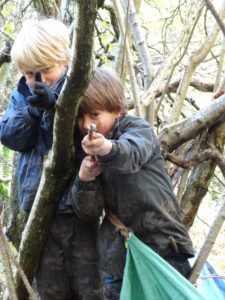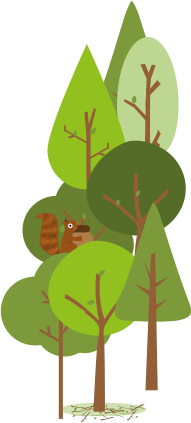
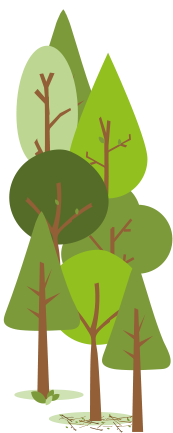
Why do we need child-led play?
23rd August 2019
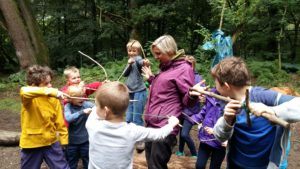
Child-led play, meaning children are free to choose how they play, what they play and when they stop and play something else, rather than directed by an adult, is the key to real play and is essential for children to develop and learn at a natural pace. Adults have an important role in providing boundaries and resources, but the child takes the lead, discovering, inventing and exploring, while adults watch and wait, taking cues from the children.
To an observer, when an established forest school is flowing well, the may adults appear to be standing back, but in fact they have had a key role in creating that moment. Adults provide a safe environment by helping the group to set out the physical boundaries where children can play and agree the rules to make sure that everyone understands how to stay safe. This might include discussing what hazards to look out for such as roots, rocks or slippery slopes or how we might look after each other whilst playing. Adults teach skills such as using tools, tying knots or identifying fruits to forage but offer these skills and resources for children to use in the way that they choose, building on their own interests. In addition, forest school practitioners reflect on the session with the children to find out what they have enjoyed doing and what they might be interested in doing in future sessions. Adults also have a role to play in giving the children the time and space to continue with their play as long as they are engaged with the activity.
Activities may sometimes start out as an adult led or initiated activity, particularly at the start of a programme. Children who have never played in a wood before, do not always know what to play with or how to use the resources around them. This is often the case for the 3 year olds at our Forest School Play Project in Bradford. 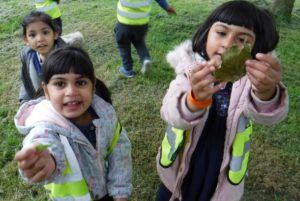
In woodlands there are so many resources to play with that offer a wide range of possibilities. For example, a stick may be a spear or a gun for a pretend battle, or it might be part of a den or used to as a pole vault in a woodland Olympic Games. One of the many benefits of forest school is that children can play in ways that may not normally be possible or acceptable elsewhere, due to perceived risks, space, time or resources. Two very popular activities at forest schools are lighting fires and making weapons. It has been suggested that this type of ‘recapitulative play’ displays aspects of human evolutionary history which is stored and passed on through our genes. It allows access to the behaviour of ancestors which may give thrill, comfort and security in a modern world to which we are not quite yet adapted.
Creative play is also very popular. It involves the enjoyment of creation with a range of materials and tools with freedom to make whatever you wish without the pressure to make anything in particular. In contrast sometimes children can be focussed on making a particular item and persevere in mastering new skills to make a fairy house or dagger for example.
Exploratory play can be very absorbing for children. At one forest school session, a child played for a long time on his own throwing sticks into trees to see if he could get it stuck up the tree. Then another child saw what he was doing and decided to experiment as well. Which was the best tree for sticks to get stuck up? Which were the best sticks to use? Long ones, short ones, light ones, heavy ones? Could sticks be used to get the stick down again once it had got stuck? And which sticks were the best ones for that job?
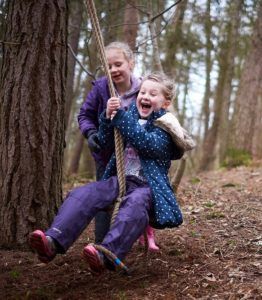
All children and young people need to play and it is fundamental to their healthy development and wellbeing. Children are often more engaged if they have chosen what they would like to play with and how they would like to play. Through play, they develop and learn at a natural pace. For example, they might choose to climb trees, swing on swings, run around playing tig, hide and seek or capture the flag and develop physical skills such as balance, strength and fitness. Or they may play imaginatively by making their den into a home and role-playing making tea for each other with mud kitchen resources, developing communication skills and cooperation, practicing future roles. In building their den together, they are using skills such as team work and problem solving to build a structure that stands and doesn’t fall down. However, for children, play is a way of exploring, experimenting and making sense of the world in a safe environment, but above all it is FUN!

